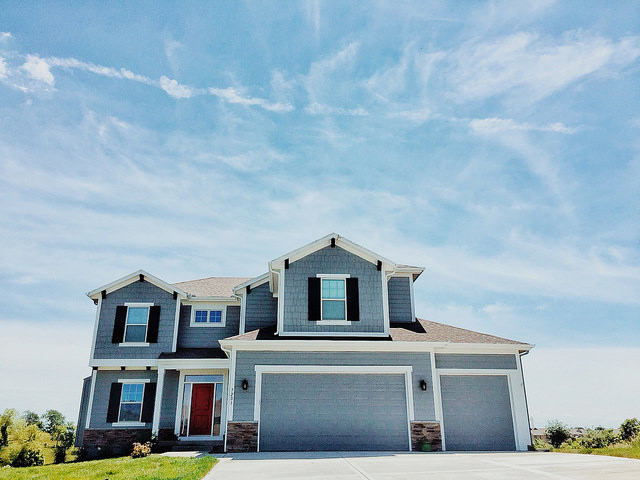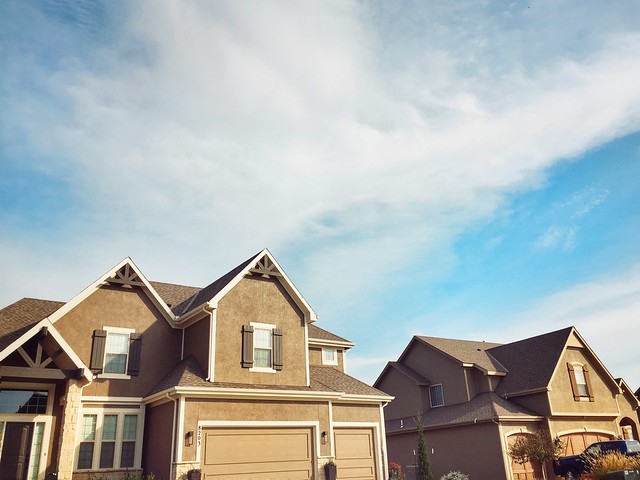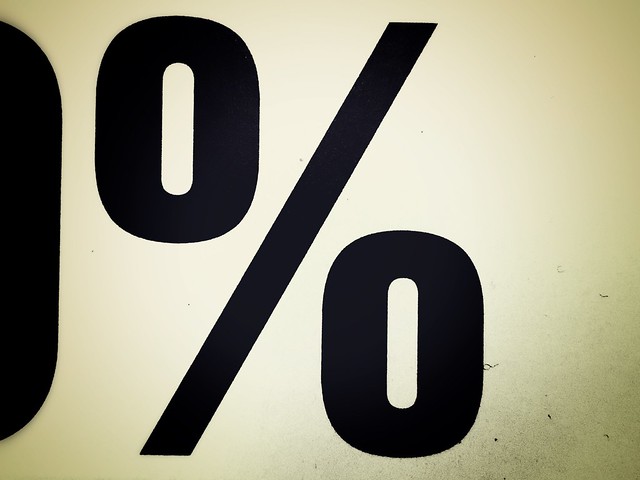Anything you buy new is going to be more expensive than buying it after it’s been around a while. Over the years, that’s certainly been the case in the housing market. New homes are more expensive than older homes, almost always. But according to a new report from the National Association of Realtors’ consumer website, the median list price for a newly built home has fallen and, at $448,393 during the first quarter of this year, the median new home is now only about $45,000 more expensive than the median existing home. Danielle Hale, the website’s chief economist, says builders are filling the affordability gap. “America is short, approximately, four million homes, and new construction is stepping in to fill the affordability gap left by a tight existing home market,†Hale said. “Builders are delivering smaller homes at lower prices and often offering financial incentives that make monthly payments more manageable.†The price gap between new and existing homes is now at its lowest level in five years. (source)













